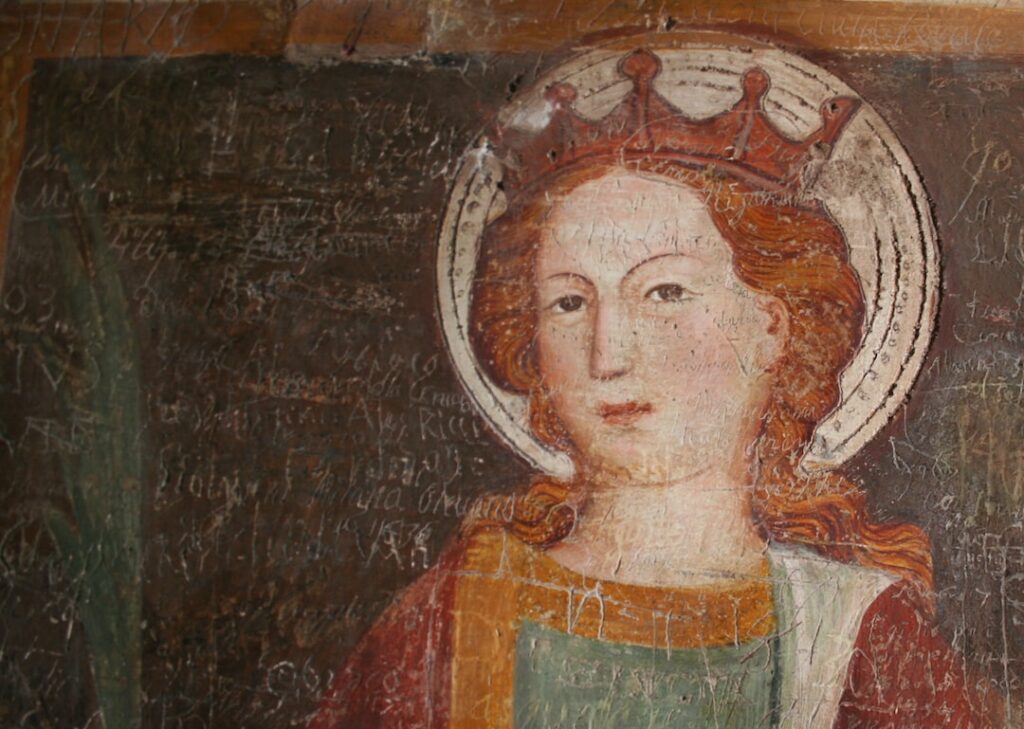The Old Tamil Language holds immense historical significance in ancient Tamil literature. The Sangam literature, composed in Old Tamil, is a treasure trove of knowledge about the social, political, and cultural life of ancient Tamils. It consists of various genres such as poetry, epics, didactic literature, and grammar texts. These works provide valuable insights into the lives of people during that time, their beliefs, customs, and traditions.
Old Tamil played a crucial role in shaping Tamil culture and identity. It served as a medium for expressing emotions, ideas, and values that were central to the Tamil way of life. The literature composed in Old Tamil reflects the deep-rooted connection between the language and the culture of the Tamil people. It has contributed to the preservation and transmission of Tamil cultural heritage from one generation to another.
Characteristics of Old Tamil Language
Old Tamil Language has several unique features that distinguish it from modern Tamil. One of the notable characteristics of Old Tamil is its extensive use of agglutination, where words are formed by combining root words with various affixes. This feature allows for the creation of complex and nuanced expressions.
Another characteristic of Old Tamil is its rich vocabulary, which includes words borrowed from Sanskrit, Prakrit, and other Dravidian languages. The language also has a complex system of verb conjugation and noun declension, with different forms for different grammatical cases and tenses.
In comparison to modern Tamil, Old Tamil has a more archaic phonology and grammar. The pronunciation and spelling of certain words have changed over time, making it challenging for modern speakers to understand and interpret Old Tamil texts.
Challenges in Translating Old Tamil Language
Translating Old Tamil Language poses several challenges due to its complexity and the lack of resources and expertise in this field. The language itself is highly intricate, with its unique grammar and vocabulary. The translation process requires a deep understanding of the linguistic nuances and cultural context of the texts.
Furthermore, there is a scarcity of resources available for studying Old Tamil Language. Many ancient manuscripts have been lost or damaged over time, making it difficult to access original texts. The limited number of experts in Old Tamil Language adds to the challenge of translation, as there are few individuals with the necessary knowledge and skills to accurately interpret and translate these texts.
Importance of Language Preservation
Preserving the Old Tamil Language is crucial for the conservation of cultural heritage. Language is not only a means of communication but also a repository of knowledge, traditions, and values that are passed down through generations. By preserving Old Tamil, we can ensure the continuity of Tamil cultural identity and safeguard the wisdom and insights of our ancestors.
Language preservation also plays a vital role in maintaining linguistic diversity. Each language represents a unique way of perceiving and understanding the world. When a language becomes extinct, a whole system of knowledge and cultural practices is lost. By preserving Old Tamil, we contribute to the preservation of global linguistic diversity and promote cultural pluralism.
Role of Technology in Old Tamil Language Translation
Advancements in technology have revolutionized the field of language translation, including Old Tamil Language translation. Machine translation tools, such as neural machine translation (NMT), have made it easier to translate texts from one language to another. These tools use artificial intelligence algorithms to analyze and understand the structure and meaning of sentences, resulting in more accurate translations.
Technology also provides access to digital resources and databases that can aid in the translation process. Online archives and digitized manuscripts make it easier for researchers and translators to access and study Old Tamil texts. Optical character recognition (OCR) technology can convert scanned images of texts into editable digital formats, facilitating the translation process.
However, it is important to note that technology has its limitations in translating Old Tamil Language. Machine translation tools may struggle with the complex grammar and vocabulary of Old Tamil, leading to inaccuracies in the translations. Human expertise is still essential for ensuring the accuracy and cultural sensitivity of translations.
Benefits of 24×7 Offshoring in Old Tamil Language Translation

Offshoring Old Tamil Language translation services can offer several advantages. One of the main benefits is cost-effectiveness. Offshore service providers often operate in countries with lower labor costs, allowing them to offer competitive pricing for their services. This makes it more affordable for individuals and organizations to access high-quality translation services.
Offshoring also provides access to a larger pool of skilled translators who specialize in Old Tamil Language. Service providers can recruit experts from different regions, ensuring a diverse range of linguistic and cultural knowledge. This diversity can contribute to more accurate and culturally sensitive translations.
Furthermore, offshoring allows for 24×7 availability of translation services. Service providers in different time zones can work collaboratively to ensure round-the-clock support for clients. This is particularly beneficial for urgent translation projects or for clients located in different parts of the world.
Future Prospects of Old Tamil Language
The Old Tamil Language has immense potential in modern times. As more people become interested in exploring their cultural roots and heritage, there is a growing demand for resources and translations in Old Tamil. The language can serve as a bridge between the past and the present, allowing us to connect with our ancestors and understand their wisdom.
There are also opportunities for research and development in the field of Old Tamil Language. Scholars and linguists can delve deeper into the language’s grammar, vocabulary, and syntax to uncover new insights and expand our understanding of ancient Tamil society. This research can contribute to the broader field of linguistics and help preserve the linguistic diversity of the world.
Cultural Significance of Old Tamil Language
The Old Tamil Language holds great cultural significance for the Tamil people. It is not just a means of communication but a symbol of Tamil identity and heritage. The language has been an integral part of Tamil culture for centuries, shaping the way people think, express themselves, and interact with one another.
Old Tamil Language plays a crucial role in preserving traditional knowledge and practices. Many ancient texts contain valuable information about medicine, astrology, music, dance, and other aspects of Tamil culture. By studying and translating these texts, we can ensure that this knowledge is not lost and can be passed on to future generations.
Promoting the Use of Old Tamil Language in Modern Times
To promote the use of Old Tamil Language in modern times, several strategies can be implemented. Firstly, educational institutions can offer courses and programs that focus on Old Tamil Language and literature. This will encourage students to learn and appreciate the language, fostering a sense of pride in Tamil culture and heritage.
Secondly, the government and non-profit organizations can support research and translation projects in Old Tamil Language. Funding can be provided to scholars and translators to carry out their work and make it accessible to a wider audience. This will ensure that Old Tamil texts are preserved and made available for future generations.
Lastly, cultural events and festivals can be organized to celebrate the richness of Old Tamil Language and literature. Poetry recitals, storytelling sessions, and theatrical performances can help revive interest in the language and create a sense of community among Tamil speakers.
In conclusion, the Old Tamil Language holds immense historical and cultural significance. It played a crucial role in shaping ancient Tamil literature, culture, and identity. Preserving this language is essential for conserving Tamil cultural heritage and promoting linguistic diversity. Technology, offshoring, and language revitalization efforts can contribute to the translation and promotion of Old Tamil Language in modern times. By embracing our linguistic roots, we can connect with our ancestors, preserve traditional knowledge, and foster a sense of pride in our cultural heritage.
Check out this fascinating article on the history and significance of the Old Tamil Language. It delves into the origins of this ancient Dravidian language and its influence on modern Tamil. Discover how Old Tamil has shaped literature, culture, and identity in South India. Read more about the rich linguistic heritage of Old Tamil and its enduring legacy.
FAQs
What is Old Tamil Language?
Old Tamil Language is the earliest form of the Tamil language, which was spoken in the ancient Tamil country, predominantly in present-day Tamil Nadu and parts of Sri Lanka.
When was Old Tamil Language spoken?
Old Tamil Language was spoken between 300 BCE and 700 CE.
What are the characteristics of Old Tamil Language?
Old Tamil Language is known for its complex grammar, rich vocabulary, and unique phonetic system. It also has a rich literary tradition, with works such as the Sangam literature, which includes poems and epics.
How is Old Tamil Language different from Modern Tamil?
Old Tamil Language is different from Modern Tamil in terms of grammar, vocabulary, and pronunciation. Modern Tamil has simplified grammar and pronunciation, and has borrowed many words from other languages.
What is the significance of Old Tamil Language?
Old Tamil Language is significant because it is the root of the Tamil language and culture. It has influenced the development of other Dravidian languages and has contributed to the cultural heritage of India.
Is Old Tamil Language still spoken?
No, Old Tamil Language is not spoken anymore. However, its influence can be seen in Modern Tamil and other Dravidian languages.
